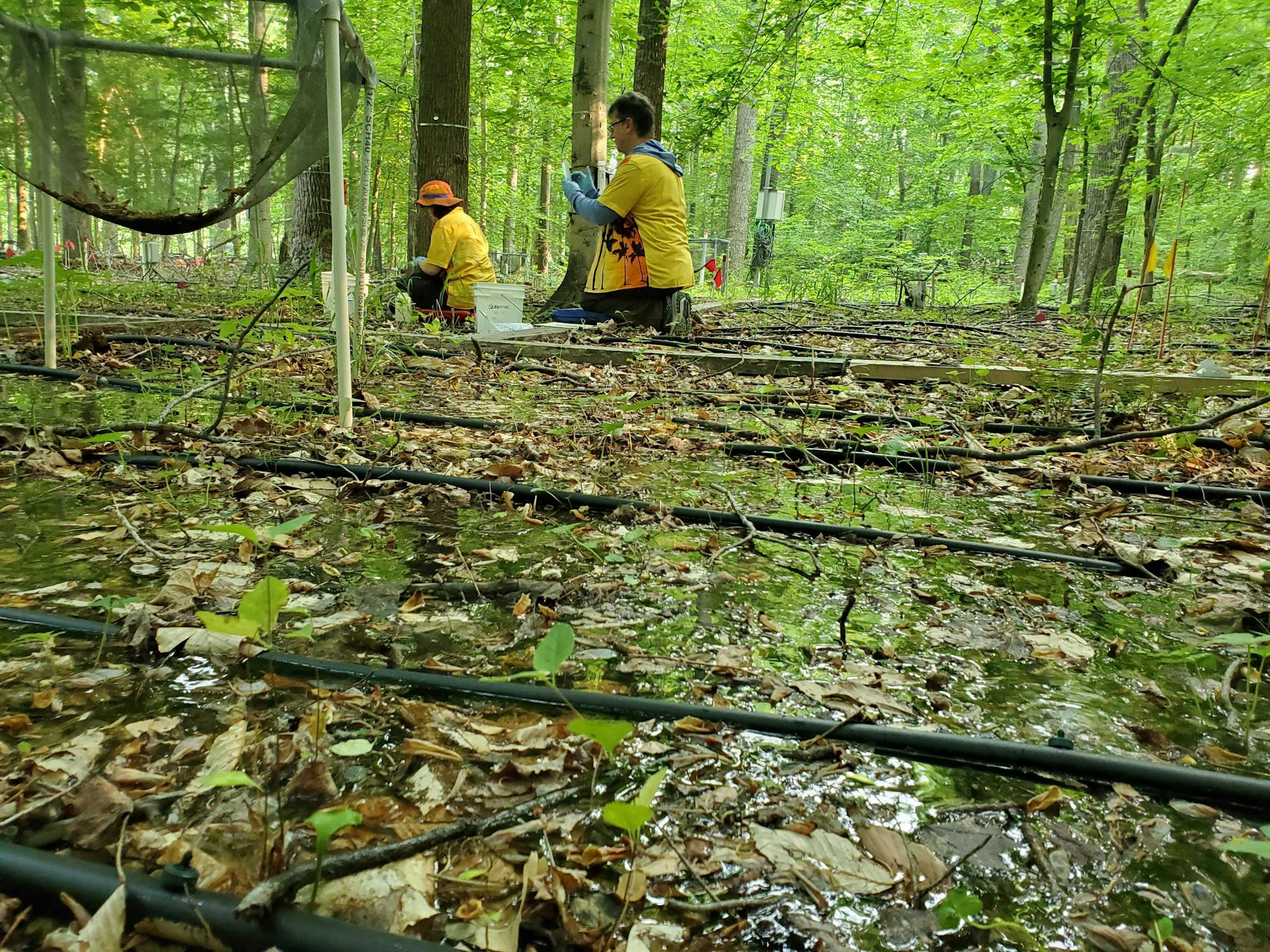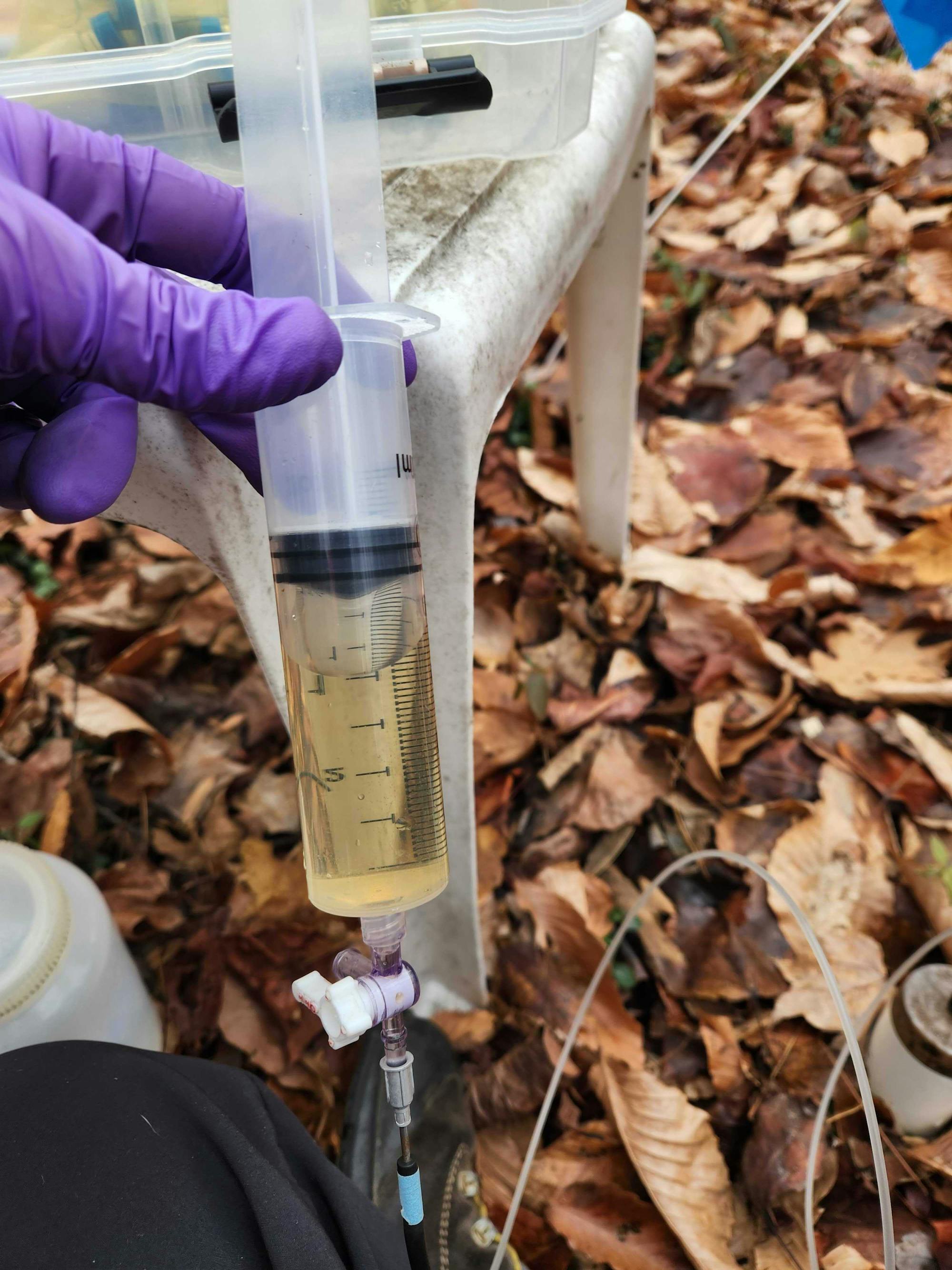
The intense flames would receive the material simultaneously and by a precise measure.
.
However, seawater also has several drawbacks.
The bring an excessive amount of salt into these areas could hurt ecosystems, particularly in places like chaparral shrublands around Los Angeles that usually don't get seawater. People who garden are aware that small amounts of salt – such as that added as a fertilizer – won't harm plants, but too much salt can cause stress and even kill them.
While the consequences of introducing seawater into ecosystems are not yet clearly understood, we can gain insights into what to expect by examining the effects of rising sea levels.
An experiment in the ocean off a coastline in a forest
It was created to investigate how and why salt-free coastal forests respond to their initial exposure to salty water.
A result of climate change widespread in the U.S. and worldwide.
We are pumping salty water from the nearby Chesapeake Bay, where it's then stored in tanks. From there, it's sprayed over the forest soil surface quickly enough to saturate the ground for approximately 10 hours at a time. This replicates the impact of a major storm, which would bring a sudden surge of salty water onto the land.

We're drawing water from the soil more gradually, which might be an early warning sign.
After a 30-hour exposure to seawater in June 2024, something shifted. The leaves of the tulip poplar trees in the forest began to turn brown in mid-August, weeks earlier than usual. Within two weeks, by mid-September, the entire forest canopy had turned, giving the appearance of an early winter.
The reason our forest was able to bounce back can be attributed, to some extent, to the relatively low salt content in the water in this estuary, where water from rivers and the ocean mix together. Rainfall that occurred after the experiments in 2022 and 2023 helped to wash salts out of the soil.
However, a severe drought that followed the 2024 experiment allowed the salts to remain in the soil. The trees' increased exposure to salty conditions after the 2024 experiment might have surpassed their ability to cope with these saline conditions.
Compared with our East Coast forest plot.
Changes visible in the ground
Our research team is still working to figure out all the factors that prevent forests from being able to handle salty water, and how our findings might be relevant to other ecosystems, like those found in the Los Angeles area.
Scanning roots that have begun to turn yellow and die off sooner than expected has caught us off guard, but other secrets were lurking beneath the surface of the ground.
Water soaked through the soil is usually clear, but approximately one month after a short one-ten hour period of exposure to saltwater in 2022, the water in the soil turned brown and remained that way for about two years. The brown color comes from organic compounds released from dead plant matter. It's a process similar to steeping tea.

Our laboratory experiments indicate that salt is causing clay and other particles to spread and shift around in the soil. These alterations in soil chemistry and composition can last for many years.
Rising sea levels are increasing coastal vulnerability
As long as there is clean water available.
US coastlines are experiencing prolonged and more frequent saltwater exposure due to increasing global temperatures, which are causing sea levels to rise, inundating forests, fields, and farms, and posing unknown threats to coastal ecosystems.